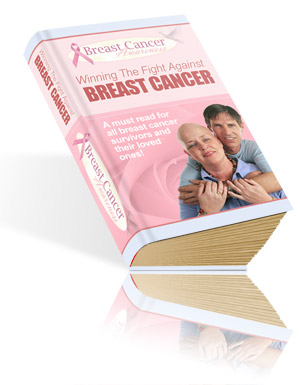Lumps In Breast
Studies have shown that chances of breast cancer recovery increases when lumps in breast are detected early. Even though 9 out of 10 are non-cancerous breast lumps, it is still best to seek advice from a doctor.
Average breast lump size through regular mammograms is 1.1cm or smaller and the average breast lump size found by self-examination is 2.1cm. However, lumps sizes and breast cancer stages are not related.
What Do Breast Lumps Feel Like?
Breast lump will normally feel smooth and squishy, in some instances, breast lumps in women feels like a mass or heap of tissues which can be hard or soft. A hard lump points toward a breast cancer or malignant tumor while soft masses are generally of benign origin. Cancerous breast lumps have irregular surface and is generally immobile while benign breast lumps are usually smooth and mobile. Breast lumps can be located near the armpits, near the nipples and also look for lump at bottom of breast.
How To Check For Breast Lumps?
1. Look For Physical Changes
a. Stand in front of a mirror with your arms at the sides and look for:
- Any changes in each breast size and shape
- Any dimpling of the skin
- Any change in nipples appearance
- Any discharge from the nipples when it is squeeze gently
b. Repeats the breast check for lumps with your arms raised above or behind your head
c. Repeats the checking for breast lumps a third time, now with your hands on your hips and with chest muscles tensed
2. Feel For Physical Changes
a. Lie down with a pillow under your left shoulder and place your left hand under your head
b. Use the middle three fingers of the right hand and hold fingers flat to exam for lumps in the left breast
c. Press firmly using small circular movements to check for breast lumps
d. Check the entire breast, armpit and around the nipple where lumps can be located
e. Repeat the above checking steps using your left hand to check for breast lumps in the right breast.
This month is Breast Cancer Awareness month - "Early Detection Saves Lives, Saves Breasts".
 Learn What Breast Cancer is and How to Deal with It.
Learn What Breast Cancer is and How to Deal with It.